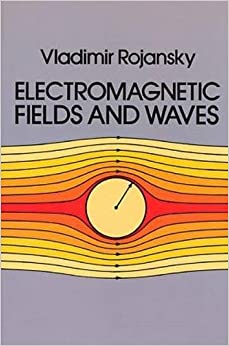Question
1. Was the Orbiter entering the atmosphere of Mars faster or slower that it was supposed to? Or did it go lower or higher than
1. Was the Orbiter entering the atmosphere of Mars faster or slower that it was supposed to? Or did it go lower or higher than expected into the atmosphere of the planet?
2. Support your answer with evidence from the article and a mathematical correlation.
In science, as in the rest of life, things don't always go as planned. From time to time, accidents, mistakes, and tragedies happen. In the worst cases, these experiences result in serious losses or even catastrophes that can affect many people. In less severe cases they are the painful (and sometimes expensive) blunders that we can eventually look back and laugh about.
But in almost every case-whether caused by bad luck, bad planning, lack of understanding, simple human error, or systemic problems in a research team or a society-there is something to be learned from these experiences. Always double check your unit conversions. Train your field crew for the harshest possible conditions and the worst case scenario. Recognize your colleagues and their contributions before it's too late.
The tragedies of science often don't appear in text books or journal articles, but they are just as much a part of science as any discovery or triumph. And, as you'll see in the first installment of our newTragedies in Science blog series, even "rocket scientists" make mistakes. By taking a closer look at some of the accidents and tragedies of the past, we can find both practical lessons for the future and inspiration for how to persevere and learn from tragedy.
The Crash of the Mars Climate Orbiter
An artist's concept showing NASA's Mars Climate Orbiter, which was lost due to a unit conversion error 13 years ago.Image courtesy: NASA/JPL
September 23, 1999 should have been a day of excitement and celebration for researchers and science enthusiasts everywhere. That was the date-13 years ago this Sunday-that NASA's Mars Climate Orbiter was supposed to claim its spot in orbit around the Red Planet, roughly 180 km above the Martian surface. From that vantage point, the Orbiter would monitor conditions and send information back to Earth as part of the Mars Surveyor Program, which launched a series of missions in the 1990's and 2000's to study one of our closest neighbors in the solar system.
But the $125 million Orbiter was doomed.
As the spacecraft neared its destination, the engineers at NASA's Jet Propulsion Laboratory who were guiding the Orbiter thought everything was on target. Then, when the craft made it's final maneuvers to enter orbit, they lost communications. Something was wrong.
By examining data from the previous eight hours of the Orbiter's journey, NASA realized that the craft'sapproach had been much lower than intendedLinks to an external site.-about 60 km above the planet's surface instead of 150 to 180 km. The altered course meant a rough ride through the Martian atmosphere that the Orbiter was not designed to withstand. The following day, the engineers concluded that the spacecraft had not survived the miscalculation, and thesearch for the Orbiter was abandonedLinks to an external site..
Within a week of the accident, two committees (one internal and one composed of outside experts) had been formed to investigate what had gone wrong. They concluded that a simple mathematical and communications error was at the heart of the problem: one part of the mission team had used English units while the another part of the team had used metric units when making calculations related to the jet thrusters used to correct the Orbiter's trajectory during it's journey. A flubbed unit conversion had cost them a $125 million spacecraft, years of work, and untold scientific knowledge.
Luckily, unit conversion errors are an easy problem to fix, and you can bet NASA won't be repeating that mistake. In a statement released shortly after the crash, Dr. Edward Weiler, NASA's Associate Administrator for Space Science, said: "The problem here was not the error, it was the failure of NASA's systems engineering, and the checks and balances in our processes to detect the error. That's why we lost the spacecraft." Links to an external site.
Step by Step Solution
There are 3 Steps involved in it
Step: 1

Get Instant Access to Expert-Tailored Solutions
See step-by-step solutions with expert insights and AI powered tools for academic success
Step: 2

Step: 3

Ace Your Homework with AI
Get the answers you need in no time with our AI-driven, step-by-step assistance
Get Started


